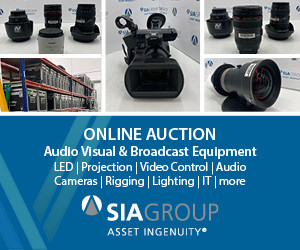Andrew McLeans Guide to Lenses
Andrew McLean, an experienced cinematographer and now vice president of business development at broadcast equipment hire company HotCam, details some of the basic things to consider when it comes to choosing and using camera lenses. What’s the first thing you do when choosing lenses for a shoot?First I consider the creative direction – the aestheti...


















